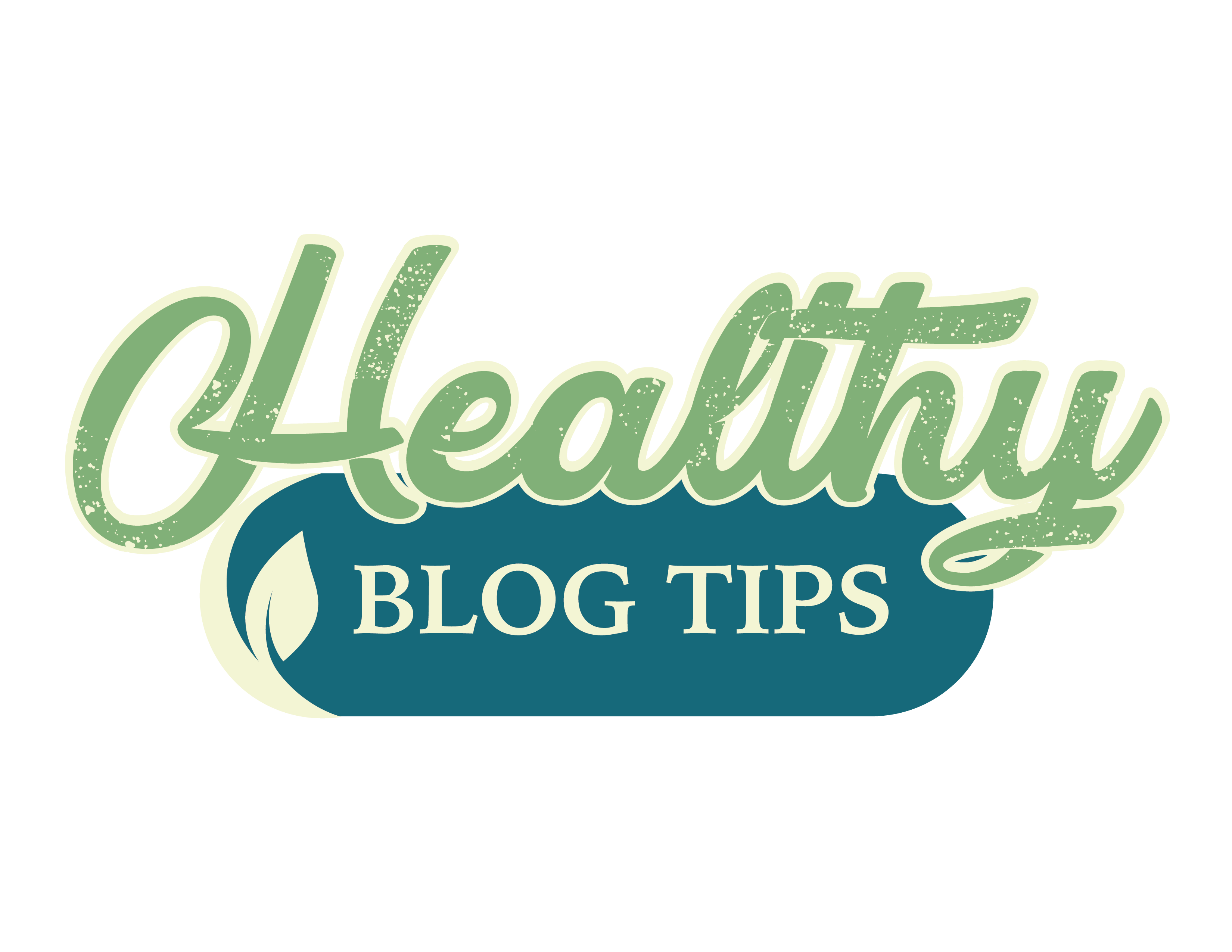There’s nothing quite as debilitating as back pain. After all, your back supports, well, you! Backache can impede your ability to walk, to sit comfortably, or even to lie down and sleep. Luckily, there’s plenty of things you can do to deal with back pain. In fact, if you do a quick search online, you’re probably going to get bombarded with hundreds of ways to deal with backpain; everything from tennis balls to Reiki.
Don’t go running (or limping, as the case may be) to your local sports store just yet though. You might be eager to rid yourself of this persistent pain, but we’re here to offer you three great ways to deal with back pain.
Take a hot bath
The NHS recommends heat as one of its top tips for back pain. Heat packs are good, but hot baths are better. The buoyancy of the water will help release pressure and strain on the joints, according to EverydayHealth.
The heat of the bath will also ease any tight muscles in your body, including your back. Plus, heat is intrinsically relaxing; you probably haven’t done much of that since your back pain started. The hot bath encourages circulation and, according to PainScience.com, wins out over heat packs because hot baths can increase the temperature of the muscle itself by deep heating.
You can turn your hot bath treatment into a real treat with some bath bombs and scented candles. After all, your back hurts — you deserve to be pampered.
Gentle exercise
It’s probably the last thing on your mind when you have back pain. Chances are, you want to lie down and not move until the pain subsides. But EverydayHealth and the NHS both agree that gentle exercise is far more beneficial for back pain. In fact, too much rest can make some types of back pain worse.
You don’t need to reach for the sweatbands, though. Just a slow, gentle walk can help, or a few stretches. If you feel up to it, yoga can be great for chronic lower back pain – a review in the Clinical Journal of Pain revealed strong evidence of this. Yoga builds strength and reduces tightness in the muscles, both of which can help with back pain.
Try and do a little bit of movement, even if it hurts a little. Obviously, if the pain gets worse, or it is bad enough to prevent your movement, seek medical attention.
Painkillers
It might seem obvious, but usually the simple solutions are the best! Taking a non-steroidal anti-inflammatory can help reduce back pain, says the NHS. Paracetamol, however, isn’t recommended to treat back pain on its own. If you can, try taking ibuprofen instead, as it is an anti-inflammatory, where paracetamol is not.
An alternative to ibuprofen would be a pain relief gel, such as Voltarol. Gels can be a great option for people who hate swallowing pills, or if you’re looking for more targeted action against backache. These pain relief gels can help alleviate discomfort and swelling in the muscles, making them a top choice for dealing with back pain.
Be sure not to use diclofenac-based gels alongside ibuprofen. It’s important to always read the label of any medication you take and seek your GP’s advice if you’re unsure about anything. If the pain in your back doesn’t improve, or gets worse, see your GP.


